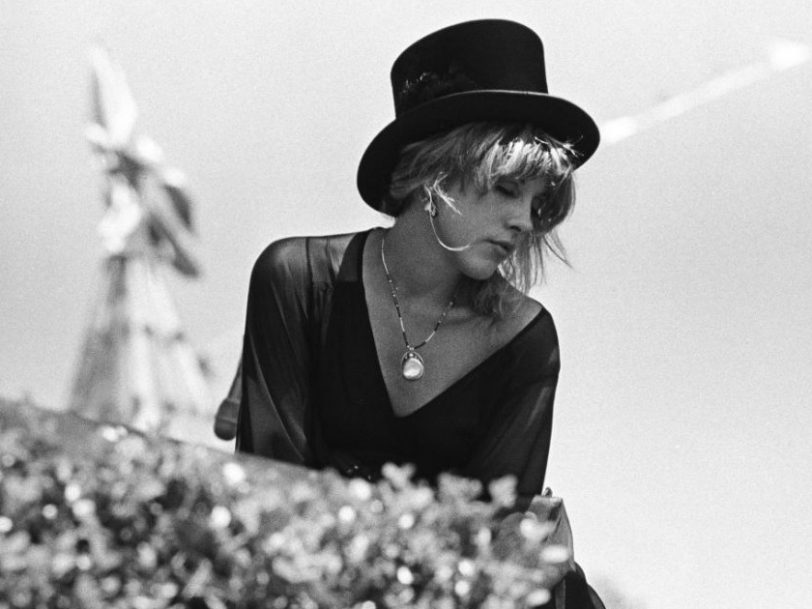One of Fleetwood Mac’s biggest hits, Gypsy saw songwriter Stevie Nicks reflect upon the freedom of her pre-fame days. The song became key to Nicks’ appeal – with a self-mythologising lyric set to drummer Mick Fleetwood’s driving beat and Christine McVie’s feather-light synthesiser hooks, it was a highlight of the band’s 1982 album, Mirage. But there was a sadness behind the sparkle: Gypsy was also a tribute to Nicks’ closest friend Robin Snyder Anderson, who died of leukaemia in October that same year.
Listen to the best of Fleetwood Mac here.
“It was very sad, and that’s when I write my best songs”
Revealingly, for a song yearning for simpler times, Gypsy was written at the peak of the post-Rumours mania that engulfed Fleetwood Mac following that album’s release. Writing about her early days was a way of Nicks easing the pressures of fame and the lifestyle that came with it. At a show in Montreal in 2009, she spoke about the song’s origins, quoting the opening lyrics (“So I’m back, to the velvet underground/Back to the floor, that I love/To a room with some lace and paper flowers/Back to the gypsy that I was”) before elaborating, “Those are the words: ‘So I’m back to the velvet underground’ – which is a clothing store in downtown San Francisco, where Janis Joplin got her clothes, and Grace Slick from Jefferson Airplane. It was this little hole in the wall, amazing, beautiful stuff.”
In remembering how it felt to be on the outside looking in on an exotic, bohemian world, Nicks romanticised the early days of her creative life and her romantic relationship with Fleetwood Mac guitarist Lindsey Buckingham. By the time Gypsy was written, Nicks and Buckingham had split, but it was never going to be a clean break – their careers were entwined, their most potent songs were about one another. Amid the acrimony, Gypsy was a bittersweet reminder of simpler, happier times.
“In the old days, before Fleetwood Mac, Lindsey and I had no money, so we had a king-size mattress, but we just had it on the floor,” Nicks remembered. “I had old vintage coverlets on it, and even though we had no money it was still really pretty… Just that and a lamp on the floor, and that was it – there was a certain calmness about it. To this day, when I’m feeling cluttered, I will take my mattress off of my beautiful bed, wherever that may be, and put it outside my bedroom, with a table and a little lamp.”




